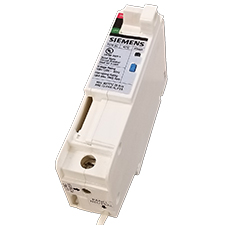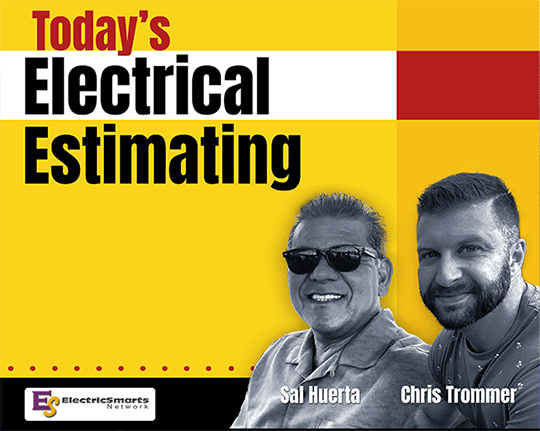
Today’s Manufacturers Are Building a Better Breaker
Chuck Ross
If you think you’re seeing the word “electrification” more often these days, you’re right. It might seem confusing that addressing energy use means using more electricity, but that’s exactly what’s happening as more people are turning to plug power – and away from fossil fuels – for driving, cooking, clothes drying and water heating. Electricians helping customers install new appliances might find themselves having to have a conversation with those clients about an important component of their homes’ electrical systems they rarely think about: their electrical panel.
Consider that a new induction range, requiring a 50A breaker, might be replacing a gas model that only needed a standard 120V outlet. And an electric vehicle (EV) charger could require between 30A and 50A. If a home has an old-school 100A panel, either of these choices could push capacity requirements over that limit. This could be an expensive proposition, especially if an upgraded service line is also needed. With a bit more of an investment, though, those clients could opt for a new breaker technology that could really set themselves up for an electrified – and connected – future. Several major breaker manufacturers have begun selling solid-state models that are both faster and safer than traditional mechanical products. And they could make it easier to participate in more advanced demand-side management programs utilities could be offering, down the line.
Solid-state breakers can respond to faults in a matter of microseconds, compared to the milliseconds mechanical units require. That might not sound like much of a difference but recognizing that a microsecond is 1/1000th of a millisecond, it’s actually a significantly faster response. Additionally, because there’s no mechanical flipping of a switch, there’s less chance of any sparking that could cause an arc flash event.
Also, solid-state breakers can support the growing intelligence of power distribution systems because they can communicate with other networked devices. This capability isn’t as useful today but could provide benefits over the years the breakers are in service. Utilities could need to manage customer-side loads, like EV charging equipment, to balance systemwide demand. Being able to directly address a networked breaker could make it easier to put such plans into service.
Consider that a new induction range, requiring a 50A breaker, might be replacing a gas model that only needed a standard 120V outlet. And an electric vehicle (EV) charger could require between 30A and 50A. If a home has an old-school 100A panel, either of these choices could push capacity requirements over that limit. This could be an expensive proposition, especially if an upgraded service line is also needed. With a bit more of an investment, though, those clients could opt for a new breaker technology that could really set themselves up for an electrified – and connected – future. Several major breaker manufacturers have begun selling solid-state models that are both faster and safer than traditional mechanical products. And they could make it easier to participate in more advanced demand-side management programs utilities could be offering, down the line.
Solid-state breakers can respond to faults in a matter of microseconds, compared to the milliseconds mechanical units require. That might not sound like much of a difference but recognizing that a microsecond is 1/1000th of a millisecond, it’s actually a significantly faster response. Additionally, because there’s no mechanical flipping of a switch, there’s less chance of any sparking that could cause an arc flash event.
Also, solid-state breakers can support the growing intelligence of power distribution systems because they can communicate with other networked devices. This capability isn’t as useful today but could provide benefits over the years the breakers are in service. Utilities could need to manage customer-side loads, like EV charging equipment, to balance systemwide demand. Being able to directly address a networked breaker could make it easier to put such plans into service.
Photo courtesy of Siemens








